
10 things to know about the KohiNoor and why India wants it back
The Koh-i-Noor diamond (also Koh-i-Nur or Kūh-e Nūr) is one of the largest and most famous cut diamonds in the world. It was most likely found in southern India between 1100 and 1300. The name of the stone is Persian meaning 'Mountain of Light' and refers to its astounding size - originally 186 carats (today 105.6).

KohiNoor den historiska stölden eller gåvan Historikerbloggen
Koh-i-noor, (Persian: "mountain of light") one of the world's most famous diamonds, known for its size (105.6 carats) and the controversy concerning its ownership. Part of the British crown jewels since 1849, the Koh-i-noor is claimed by several countries, including India, which has demanded its return. The diamond originally weighed 191.
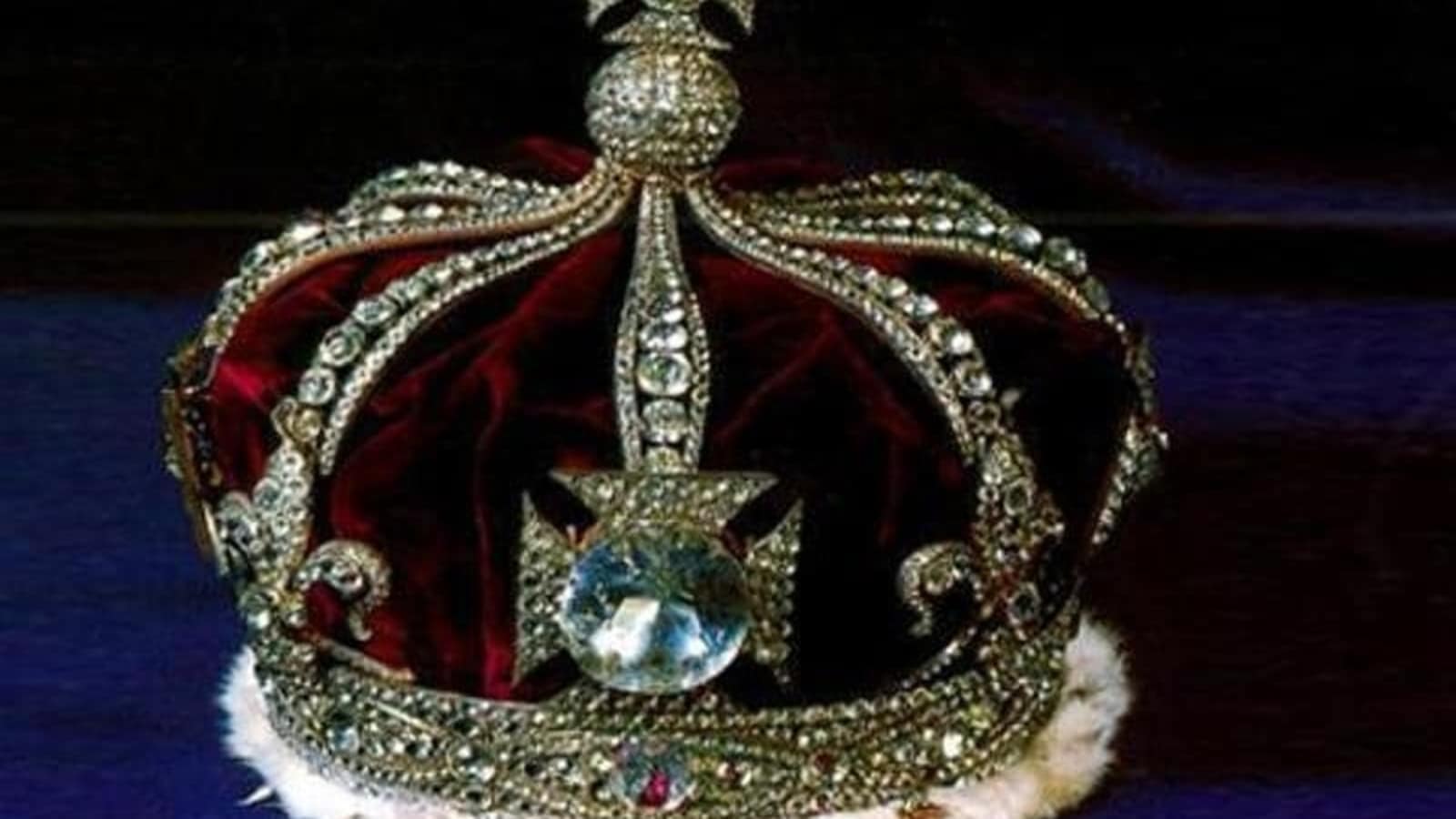
13 érdekes tény II. Erzsébet királynőről Magyar Éremkibocsátó Kft. Érmék és emlékérmek
Koch Sándor-Sztrókay Kálmán - Ásványtan, Nemzeti Tankönyvkiadó, Budapest, 1994 Medenbach, Olaf, Sussieck-Fornefeld, Cornelia - Ásványok, Magyar Könyvklub, Budapest, 1992 Oberfrank Ferenc - Rékai Jenő: Drágakövek - Műszaki Könyvkiadó, Budapest, 1993. Wermusch, Günther: A gyémánt története - Kossuth Könyvkiadó, 1987.

Pakistan lays claim to the KohiNoor diamond centrepiece to the Crown Jewels Daily Mail Online
A large diamond, valued at "half the daily expense of the whole world," is mentioned in the memoirs of Babur (1483-1530), the first Mughal emperor of India. Babur's diamond, thought to be the Koh-i-noor, changed hands many times and was owned by various Indian and Persian rulers over the centuries. It is said to have obtained its current.
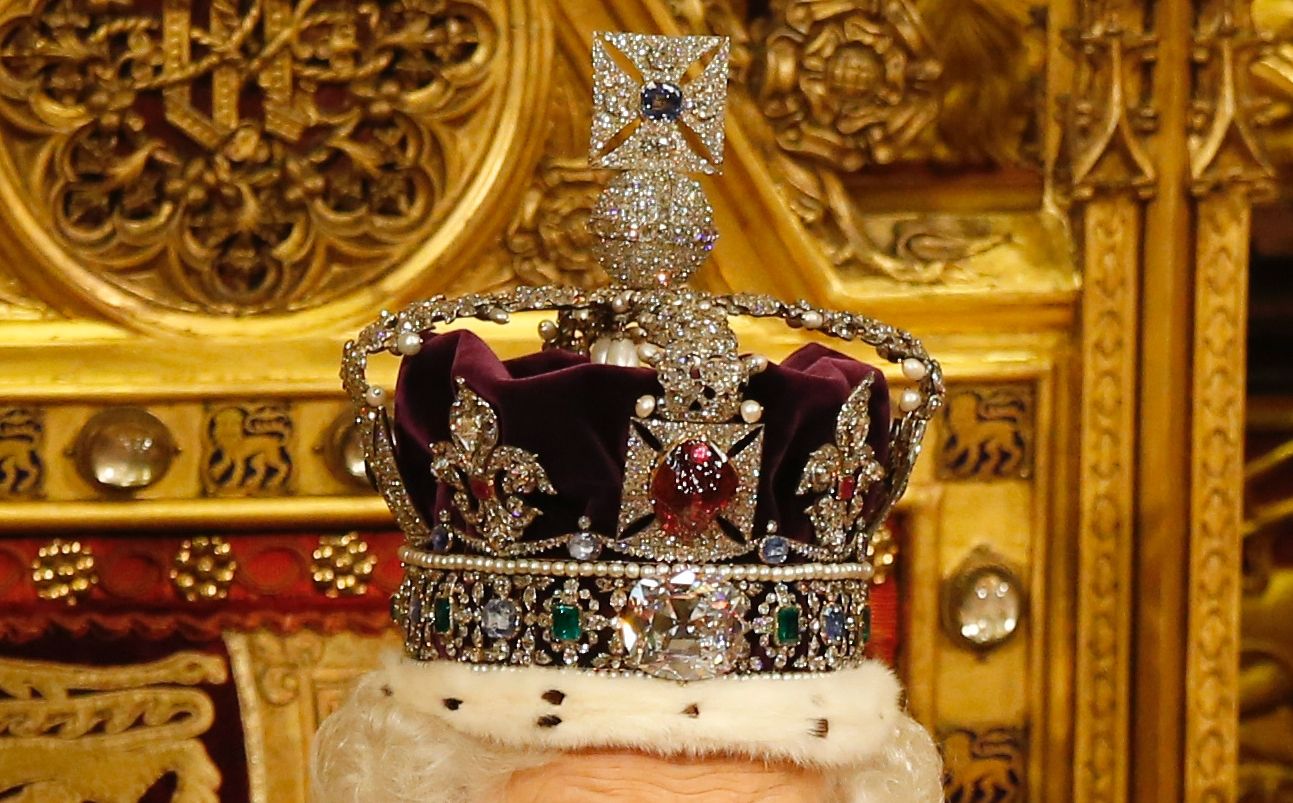
Íme, a világ 3 legdrágább gyémántja! nlc
The Koh-i-noor, which means Mountain of Light, was discovered in the Golconda mines in what is now the southern Indian state of Andhra Pradesh. The diamond's existence was officially documented in the 18th century, although its history could date back hundreds of years before this. The large, colourless diamond is said to have passed between.

KohINoor Museum Diamonds
Koh-i-Noor gyémánt A Koh-i-Noor a világ legnagyobb csiszolt gyémántja, amely India középkori korszakából származik. Eredeti súlya körülbelül 186 régi karát volt. A gyémántot valószínűleg a Kollur-bányából bányászták, és különböző indiai uralkodók tulajdonában volt.

5 legendás ékszer a történelemből Kávéház Magazin Kávé és Sztori
Like the Koh-i-Noor, the Hope diamond came from India and was displayed at the London Exposition in 1851. It is now displayed at the National Museum of Natural History, having been donated by.

A história do diamante KohiNoor FENINJER+
A Koh-i-Noor replica made by John Hatleberg for the Tower London Display for the Museum of Natural History London "Diamonds" exhibition. Mysterious Origins. The diamond has conflicting origins. Some say it was discovered in the bed of the Lower Godavari River 5,000 years ago. Others claim the Koh-i-Noor was mined in the Kollur Mine, in what.
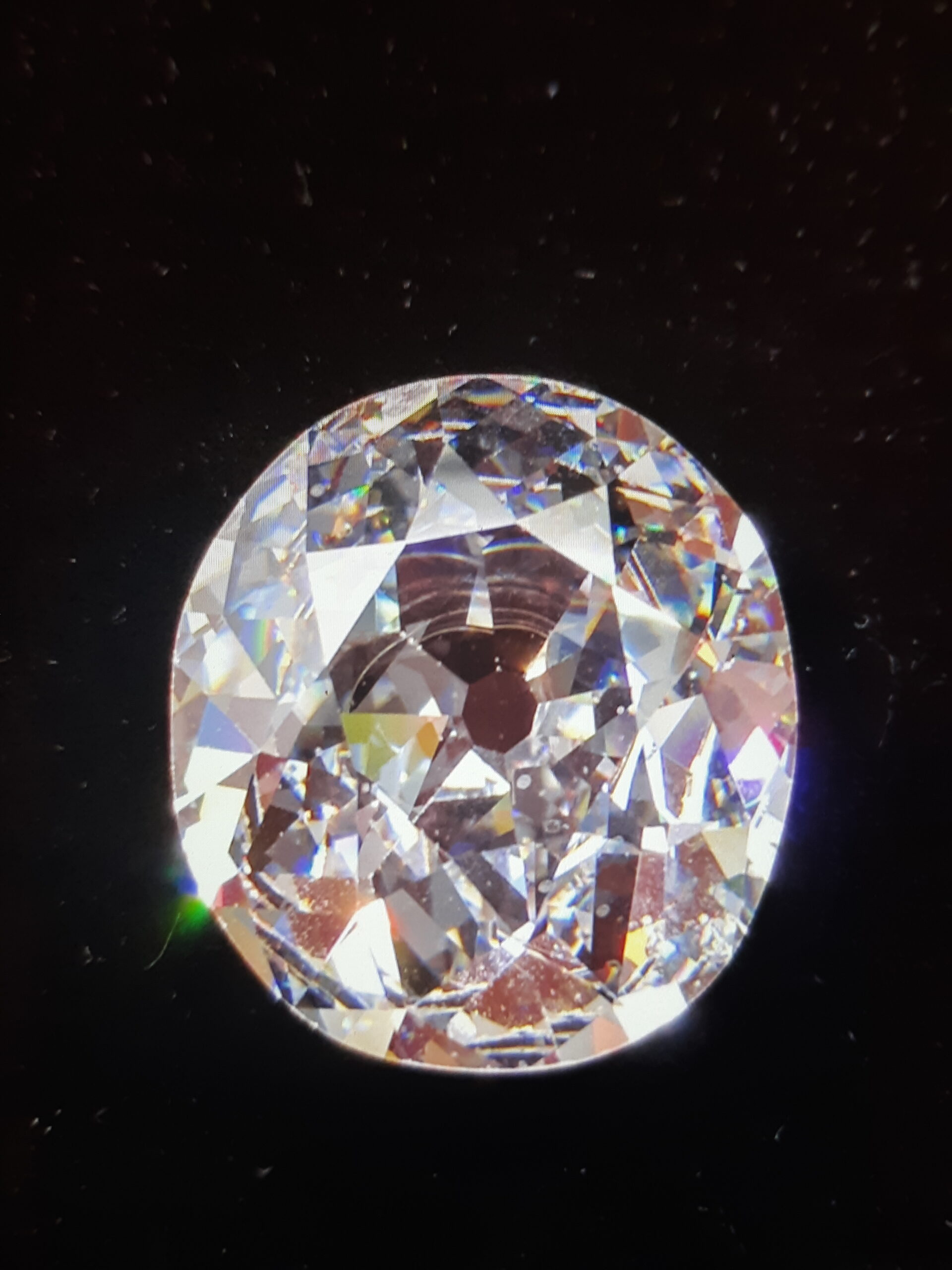
KohINoor Museum Diamonds
The Koh-i-Noor ( Persian for 'Mountain of Light'; / ˌkoʊɪˈnʊər / KOH-in-OOR ), [b] [4] [5] also spelled Koh-e-Noor, Kohinoor and Koh-i-Nur, is one of the largest cut diamonds in the world, weighing 105.6 carats (21.12 g). [a] It is part of the Crown Jewels of the United Kingdom.

A KohiNoor gyémánt átka Sötét titkokat rejt a brit királynéi koronát díszítő drágakő
A Koh-i-Noor gyémánt egyébként 105,6 karátos. Ára hozzávetőlegesen 140 millió és 400 millió dollár között mozog, viszont sokak szerint az értéke tulajdonképpen felbecsülhetetlen. Kamilla királyné ugyan valóban azt a koronát viseli majd, melyen egykoron rajta volt a szóban forgó drágakő, ezúttal viszont mást tesznek a helyére.

Curse of the KohiNoor Diamond Texas Independent Jewelry Appraisers
It is believed that the famous Darya-ye Noor diamond is Kohinoor's double. The Darya-ye Noor is hosted in Iran and has 182 carats. India and Pakistan claim the diamond should be handed by the British back to them. Kohinoor Diamond Cutting. When the Koh-i-Noor diamond arrived in the hands of the British royal family, it weighed 186 carats (37.

India changes tack over return of KohiNoor diamond India The Guardian
Koh-i-Noor A gyűrűben található gyémántot India Golconda régiójában bányászták, neve, a Koh-i-Noor perzsa nyelven azt jelenti a „Fény hegye". Ovális alakja és lenyűgöző, 105,6 karátos súlya páratlan értékű értékké teszi.

Inside India 8 The curse of the KohiNoor Diamond Vaseem Khan
Új könyvükben Koh-i-Noor: A világ leghírhedtebb gyémántjának története című könyvében Anand és Dalrymple több mint négy évszázadnyi indiai történelmen keresztül dolgozzák fel az igazságot a gyémántról, "átkutatva a régi kutatásokat", mint az indiánok, akik a folyami homokot szitálták gyémántért, mondja Anand. És a valódi történelemnek is megvan.
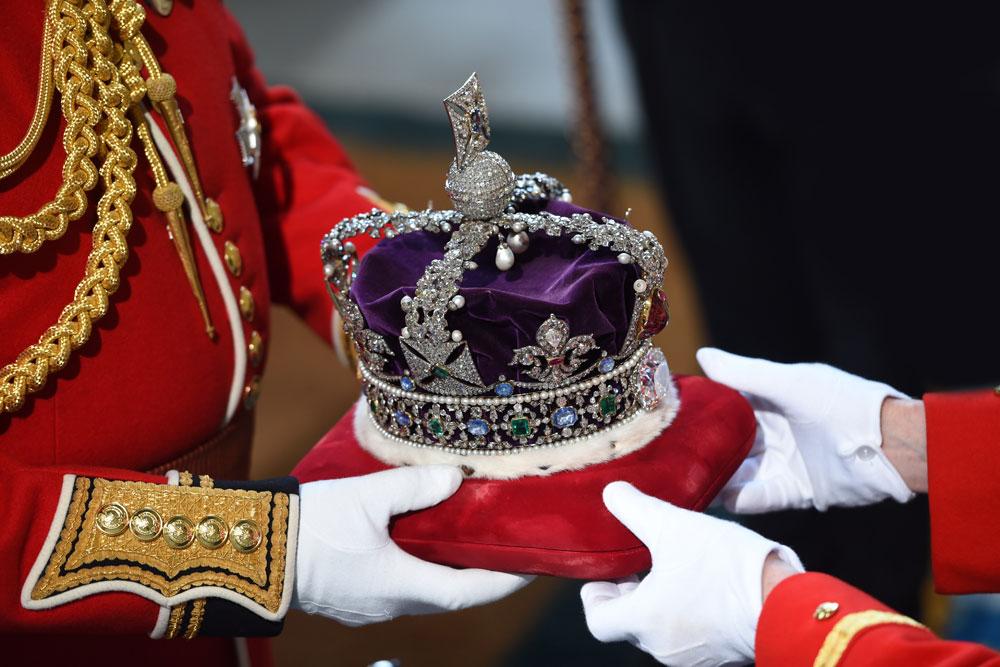
A KOHINOOR ÁTKA Prusi Dosszié
A Koh-i-Noor gyémánt - a fehér briliáns Egy újabb elátkozott kő keletről Folytatjuk kalandozásainkat a híres és időnként hírhedt gyémántok között. Egy újabb elátkozott kő, egy csodálatos fehér ? kissé zöldbe hajló ? briliáns, a Koh-i-Noor gyémánt következik.
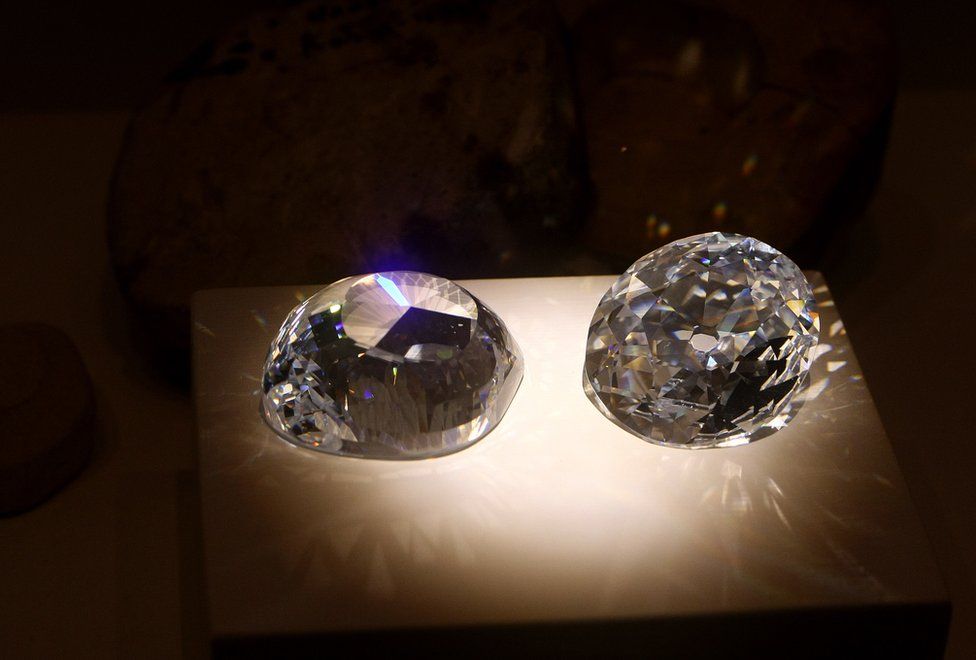
KohiNoor Six myths about a priceless diamond BBC News
A 105.6 karátos Koh-i-Noor gyémánt jelenleg a brit koronaékszerek része, az értéke felbecsülhetetlen. Feltehetőleg az indiai Kollur bányából való, ám hogy pontosan mikor és kik bányászták, azt nem lehet tudni.

Mégis vissza akarja szerezni a India
Az indiai legenda szerint a Koh-i-Noor története hihetetlen 5000 évre nyúlik vissza, és a drágakő Kr.e. 3000 óta a királyi kincsek része. Valószínűbbnek tűnik azonban, hogy ezek a legendák különböző évezredekből származó királyi gyöngyszemeket kevernek össze, és magát a Koh-i-Noort valószínűleg az i.sz. 1200-as években fedezték fel.